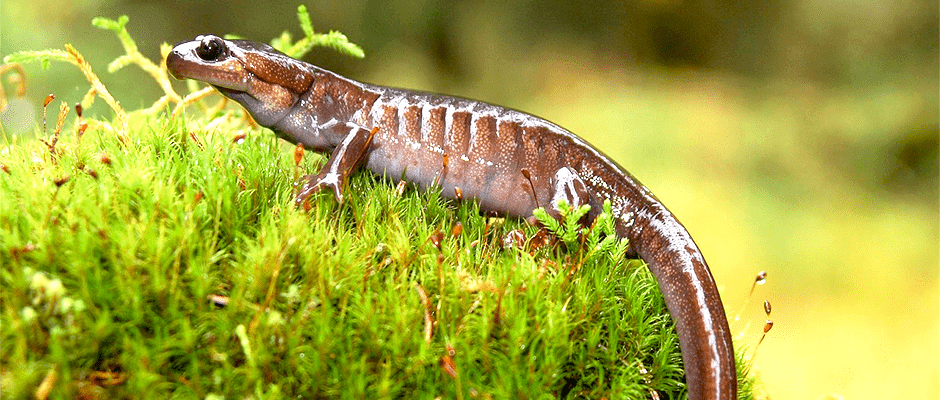Share this article
America’s declining wildlife requires a proactive solution, report says
A new report released in collaboration between the National Wildlife Federation, American Fisheries Society and The Wildlife Society celebrates the amazing diversity of wildlife species in the United States and calls attention to the threats causing their declines.
“Wildlife is central to our identity as a nation and strongly defines our sense of place,” begins the new report, titled Reversing America’s Wildlife Crisis.
According to the report, America has a global reputation for species diversity, with 200,000 species of plants and animals across the country including over 2,500 species of vertebrates and 4,000 species of invertebrates. This includes unparalleled diversity among amphibians, freshwater mussels and freshwater fishes as well as many types of mammals, birds and reptiles.
Unfortunately, many of these species, including historically abundant ones, have been declining. More than 1,600 species currently receive protections from the federal Endangered Species Act, and up to one-third of species are vulnerable.
These plants and animals face a variety of threats that cause their declines. The report identifies some of the most impactful, including habitat loss and degradation, invasive species, disease and chemical pollution. Climate change also affects wildlife populations as ranges and breeding seasons shift.
“Addressing these declines before ESA listing is warranted not only results in more successful conservation outcomes but saves money and reduces possible impacts to other sectors of society,” the report says.
The collaborators call for funding and implementing more proactive management to prevent additional species from becoming endangered or extinct by helping protect species before their populations drop to critical levels. It provides several examples of populations that have recovered with well-supported management efforts.
State Wildlife Action Plans, originally mandated by the State and Tribal Wildlife Grant program, identify species of greatest conservation need that would benefit from preventative care. However, the $50 to $90 million a year that has been allocated for this program in recent years is estimated to cover only 5 percent of what is necessary to fully address the needs identified by the states.
The Recovering America’s Wildlife Act (H.R. 4647) would dedicate $1.3 billion annually for state fish and wildlife agencies, so they could put their action plans to work. These funds would be allocated from existing revenues from energy and mineral leasing on federal lands and waters and leverage additional funds by requiring a 25 percent match. The bill was based on recommendations from the Blue Ribbon Panel on Sustaining America’s Diverse Fish and Wildlife Resources.
The Wildlife Society has taken steps to generate more support for this bill, including participating in the CEO fly-in to Washington D.C., which included leaders from corporations, state wildlife agencies, and NGOs to speak with congressional delegations and garner support for the bill in mid-March. TWS chapters and sections have signed letters, organized support or partnerships and encouraged members of Congress to support the legislation.
Nelson Lafon, the Chair of TWS’ Southeast Section Conservation Affairs Committee has been working with chapters to help coordinate their efforts to generate support for the bill.
“I’m inspired to work with TWS toward the passage of RAWA because it’s a once in a career opportunity to transform wildlife conservation for the future. Those of us alive at this moment can know that our efforts are going toward an achievement of similar importance as the Pittman-Robertson act of 1937. That bill was passed in large part due to the active leadership of a Virginia congressman named A. Willis Robertson. Ever since, P-R has provided secure, consistent funding used by states primarily for game species conservation,” stated Lafon.
Lafon said RAWA would help wildlife professionals manage wildlife for generations to come and would more than double federal funding allocated to states for wildlife.
“Just like P-R in 1937, RAWA in 2018 would finally provide states with funding commensurate to their need for important habitat restoration, population recovery and associated outdoor recreation,” he said.
You can find out if your congressional representative is already a co-sponsor at congress.gov and read Reversing America’s Wildlife Crisis report.
Header Image: More species of salamander are found in the U.S. than any other country on earth. Salamanders and other amphibians are some of the species most vulnerable to habitat loss and degradation.








